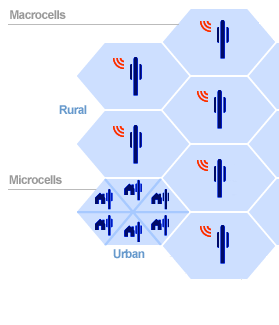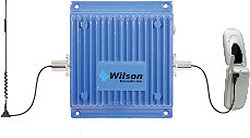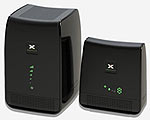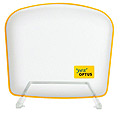
Learn how to improve your mobile signal, what causes poor signal and solutions to fix.
Improve Your Mobile Reception

Mobile Signal

Learn how to improve your mobile signal, what causes poor signal and solutions to fix. Download your free copy today.

Learn the different ways to increase your mobile internet speeds using MIMO antennas and smart repeaters.
There are a number of way to improve your mobile reception.
Antennas
The most common and cheapest way to improve your mobile signal is by using an external antenna connected to your mobile device. A majority of mobile devices have an external antenna port, and by using a ‘mobile patch lead’ you can connect an external antenna.
Antennas come in all shapes and sizes, from vehicle whip style antennas, marine grade, vandal proof, desktop, wallmount, ceiling mount and even antennas shaped like lamp posts
Antenna’s can be divided into two categories:
i) Omni-Directional Antennas – These antennas will receive a signal from all directions and are often called a whip antenna. They are useful in situations where the mobile device is constantly moving such as on a vehicle, where the location of the nearest mobile tower is not known or when there is not a clear line of site to the tower and the signal is off bouncing nearby objects.
![]()
ii) Directional Antennas – As the name suggest these antennas are designed to receive a signal from a particular direction. Sometimes called a beam or yagi antenna, they are often much higher gain. They are ideal in low to medium signal areas where there is line of site to the tower.

The gain of an antenna is its effectiveness in focusing radio frequency energy in a particular direction. The higher the gain the more focused the antenna is and the narrower the field of reception. Gain is measured in dBi or dBd and the greater the gain the better your signal should be.
Click here if you want more information about antennas and how to select an antenna
In-Line Amplifier
Often called a cellular booster or mobile phone booster, this device physically connects inline between your mobile device and the antenna. Its function is to amplifier the signal in poor coverage areas or improve the range of the mobile device. Boosters typically have a gain of between 15 to 25dB.
Mobile phone boosters are a prohibited device in Australia due to the interference they may cause to the performance of mobile base stations.
For further information on Mobile Phone Booster please visit www.mobilephonebooster.com.au

Active Repeater

Also called a bi-directional amplifier (BDA), cellular repeater or mobile phone repeater. An active repeater will amplify and then disburse a mobile signal in a defined area. A typical setup includes an antenna on the outside of a building, connected to a repeater box, which is then connected to an internal antenna to disburse the signal within the building.
Domestic indoor repeaters will generally have a 20-70dB gain signal amplifier, proving a 10-50m coverage area from the antenna.
Active repeaters become illegal devices in Australia when used on a mobile network without the carriers permission.
For further information on Mobile Phone Repeaters please visit www.mobilephonebooster.com.au
Smart Repeater

Smart Repeaters are very similar to a cellular repeater or mobile phone repeater, but have built in smarts to help protect the mobile network. This repeater will amplify and then disburse a mobile signal in a defined area, but will also monitor the gain to ensure it is not overpowering or interfering with the external mobile network. A typical setup includes a window unit placed near a window inside the building, and an indoor unit to disburse the signal within the building.
Smart repeaters will generally have a 20-70dB gain signal amplifier, providing a 10-50m coverage area from the indoor unit.
At this point in time US manufacturer Nextivity are the only company making smart repeaters. Smart Repeaters are recommended for use in Australia by the ACMA.
The Cel-Fi Repeater by Nextivity was released in June 2012 and has been Telstra approved for use on the NextG Network and Optus 3G network. Powertec Telecommunications are the Australian distributors.
Passive Repeater
Very similar in principle to the active repeater, but without any amplification or powered repeater. A passive repeater would usually consist of a directional antenna outside the building connected by cable to a directional antenna inside the building to disburse the signal.
This type of repeater needs to be setup correctly and relies on the signal at the outdoor antenna being close to perfect. There is therefore no guarantee this type of installation will work adequately.
Femtocell

A femtocell is like a mini base station, that provides mobile coverage inside a home or office. It connects to the mobile carrier via the customer’s broadband internet connection, such as cable or DSL and provides reception for up to four mobile devices.
Examples of Femtocells are Optus’s Home Zone and Vodafone’s Xpand for Enterprise products.
